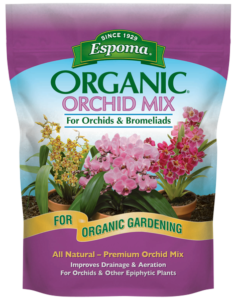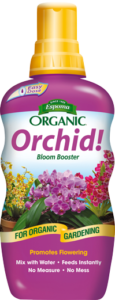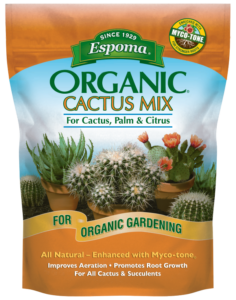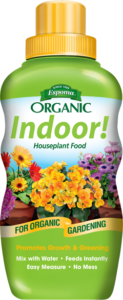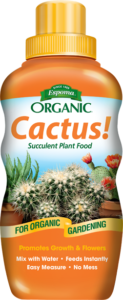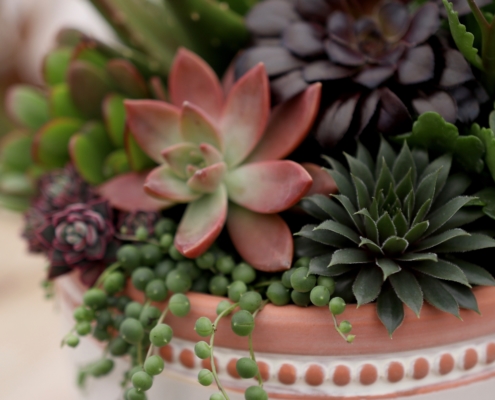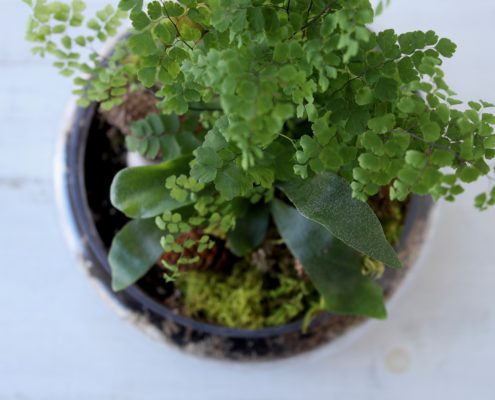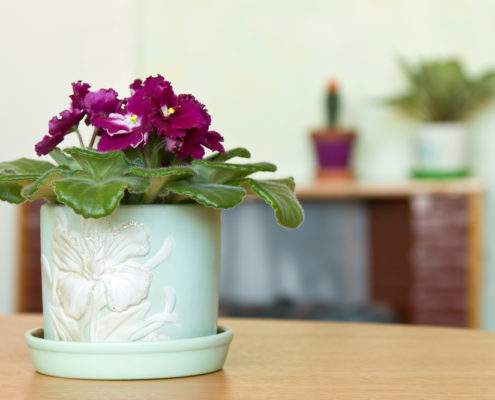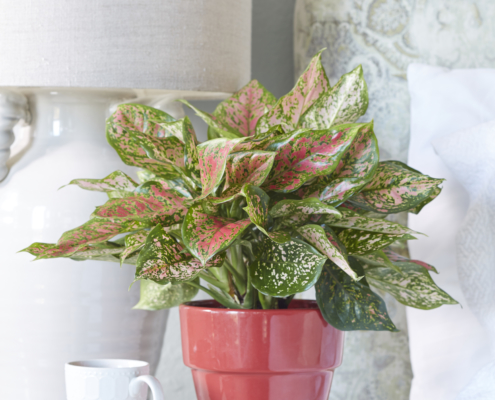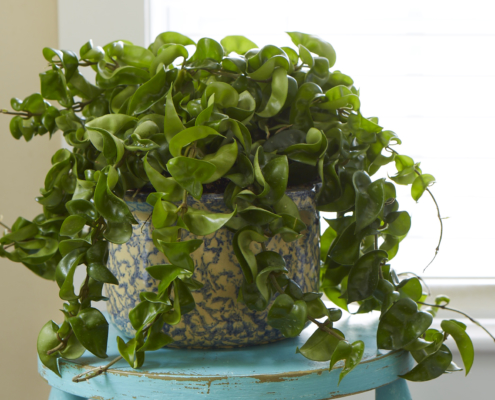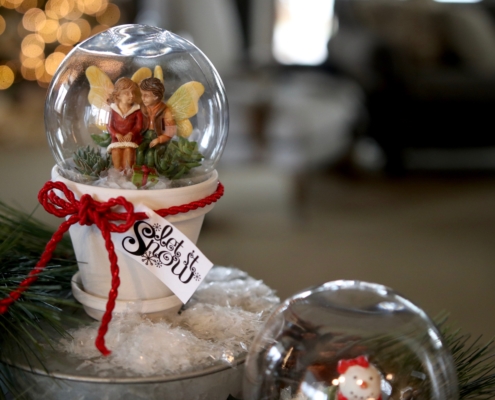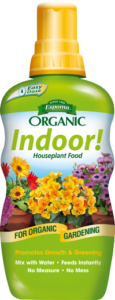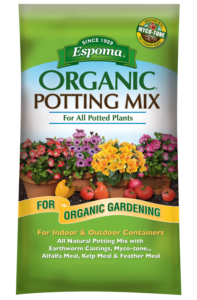Hoya Plants: Caring for Hoya
Hoya have been popular house plants for decades and with good reason. They are extremely long-lived, have a classic, deep green, vining foliage and produce fragrant, light pink and red star-shaped flowers. Because of their thick waxy, foliage they are often called wax plants or sometimes porcelain flower referring to the unique texture of the flowers.
These tropical vining plants have a few requirements in order to thrive but nothing too hard. Give them bright, indirect light, humidity and a light touch when it comes to watering. Use a potting mix that allows for good air circulation around the roots. Read on for the best recipe for success.
Light
Select a place that gets bright, indirect light. Don’t let their waxy foliage fool you. They are not succulents and can’t take harsh afternoon light. They will grow in lower light situations but it’s unlikely they will bloom.
Soil and Repotting
Potting soil with good air circulation is very important for Hoya. To create a perfect blend mix equal parts of Espoma’s organic Cactus Mix, Orchid Mix, and Perlite. Hoya like to be pot-bound or crowded in their pots. They will only need to be repotted every two or three years.
Water
Water regularly with room-temperature water, spring through summer. Let the top layer of soil dry between watering. In the fall and winter growth naturally slows down and they won’t use as much water. Water sparingly during fall and winter, give them just enough that the soil doesn’t dry out completely. Too much water can cause flowers to drop.
Humidity
Hoya are tropical plants that thrive in humid conditions. Use a humidifier to bring the humidity levels up, especially in winter when indoor air tends to be dry. A saucer with gravel and water also provides humidity as the water evaporates. Misting with room-temperature water also helps but avoid spraying the flowers.
Temperature
Keep the room temperature warm year-round, try not to let it drop below 60 degrees Fahrenheit. It’s also best to keep plants from touching cold windows and away from heating and cooling vents.
Pruning
Prune in spring before vigorous growth begins. The stems with no leaves are called spurs and shouldn’t be removed. Flowers are produced on the same spurs year after year. Hoya are vining plants that will happily cascade from a shelf or window sill. Conversely, they are often trained onto trellises that are either vertical or circular, giving the impression of a more robust plant.
Fertilizer
Espoma’s Orchid! liquid fertilizer is perfect for Hoya. Feed once a month from spring through fall.
Here are links to other blogs and videos we hope you will enjoy:
Hoya Tips and Propagation from Homestead Brooklyn
A Healthy and Happy New Year with Plants
Espoma Products for Hoyas

